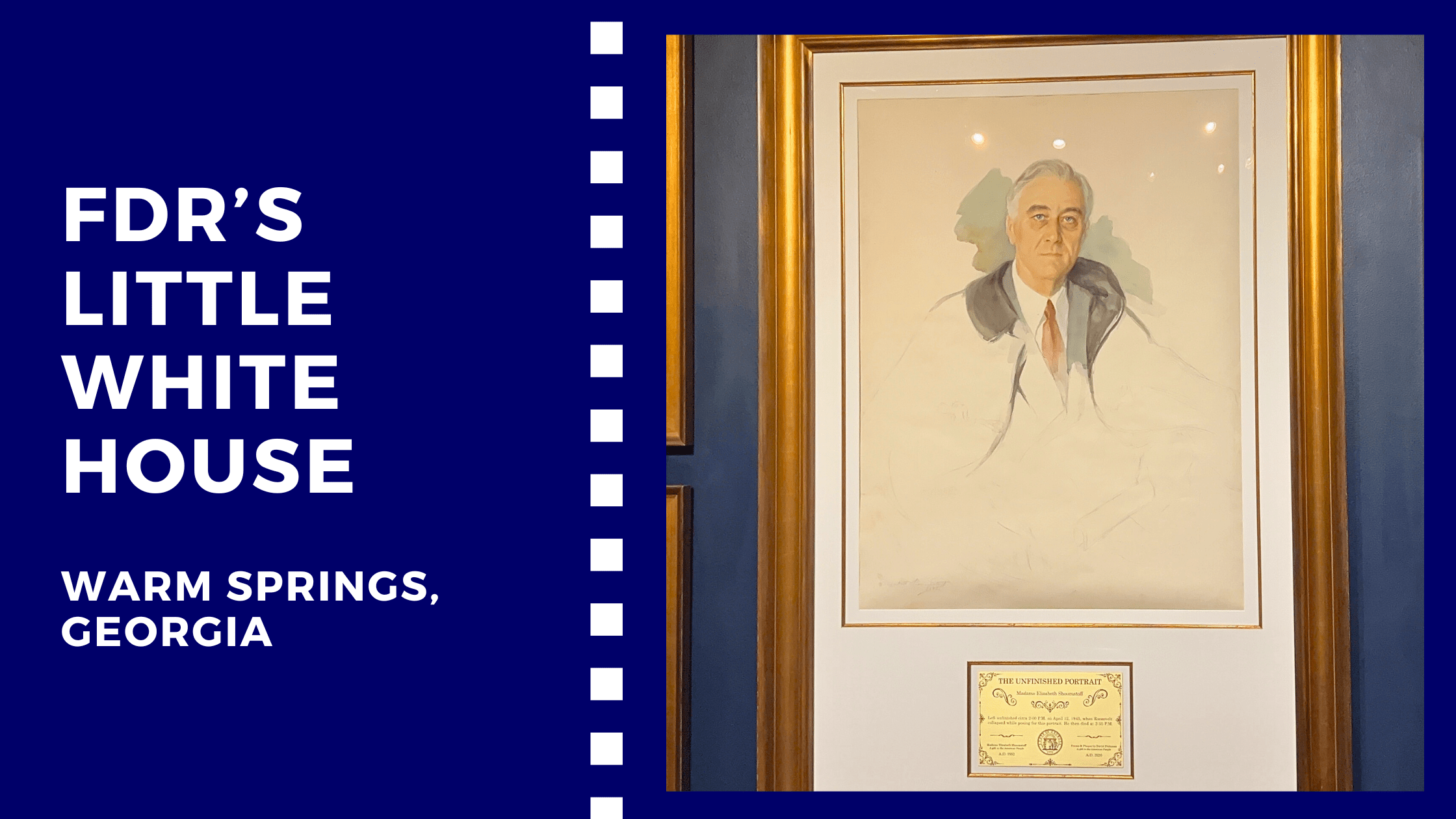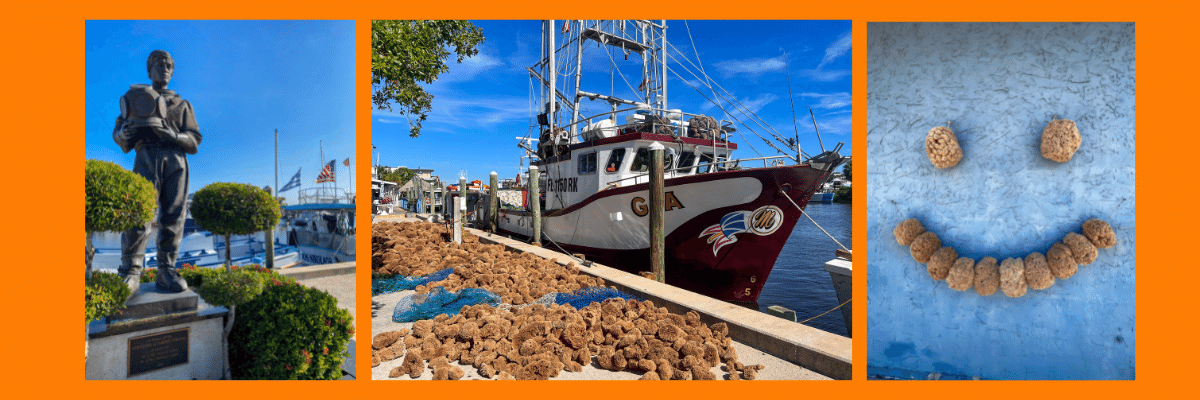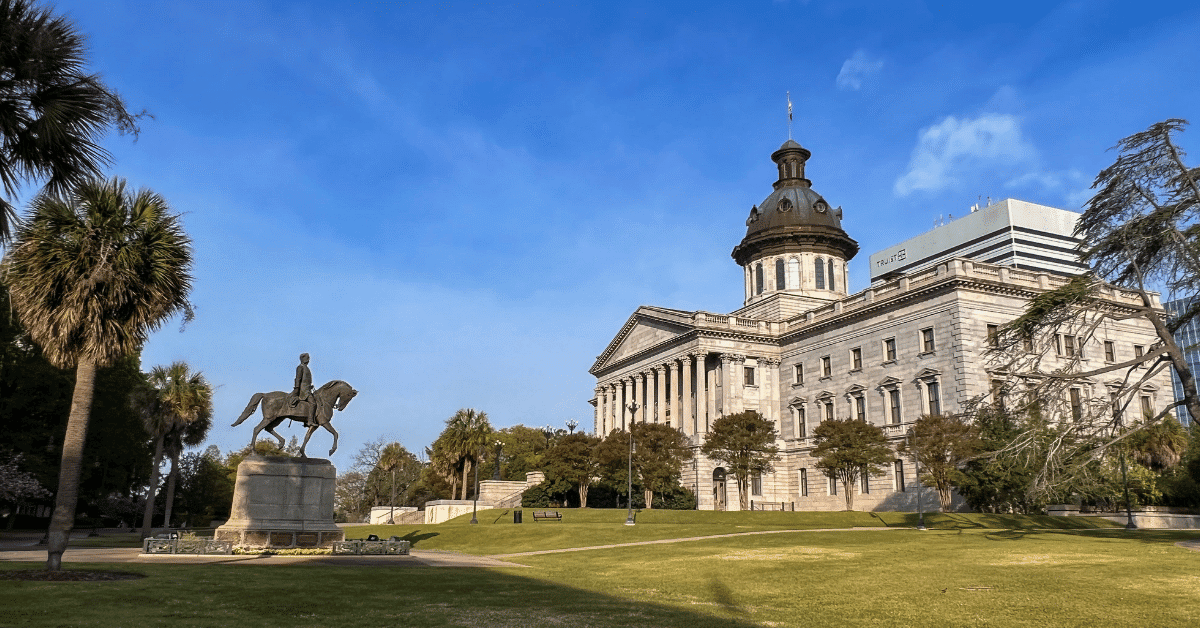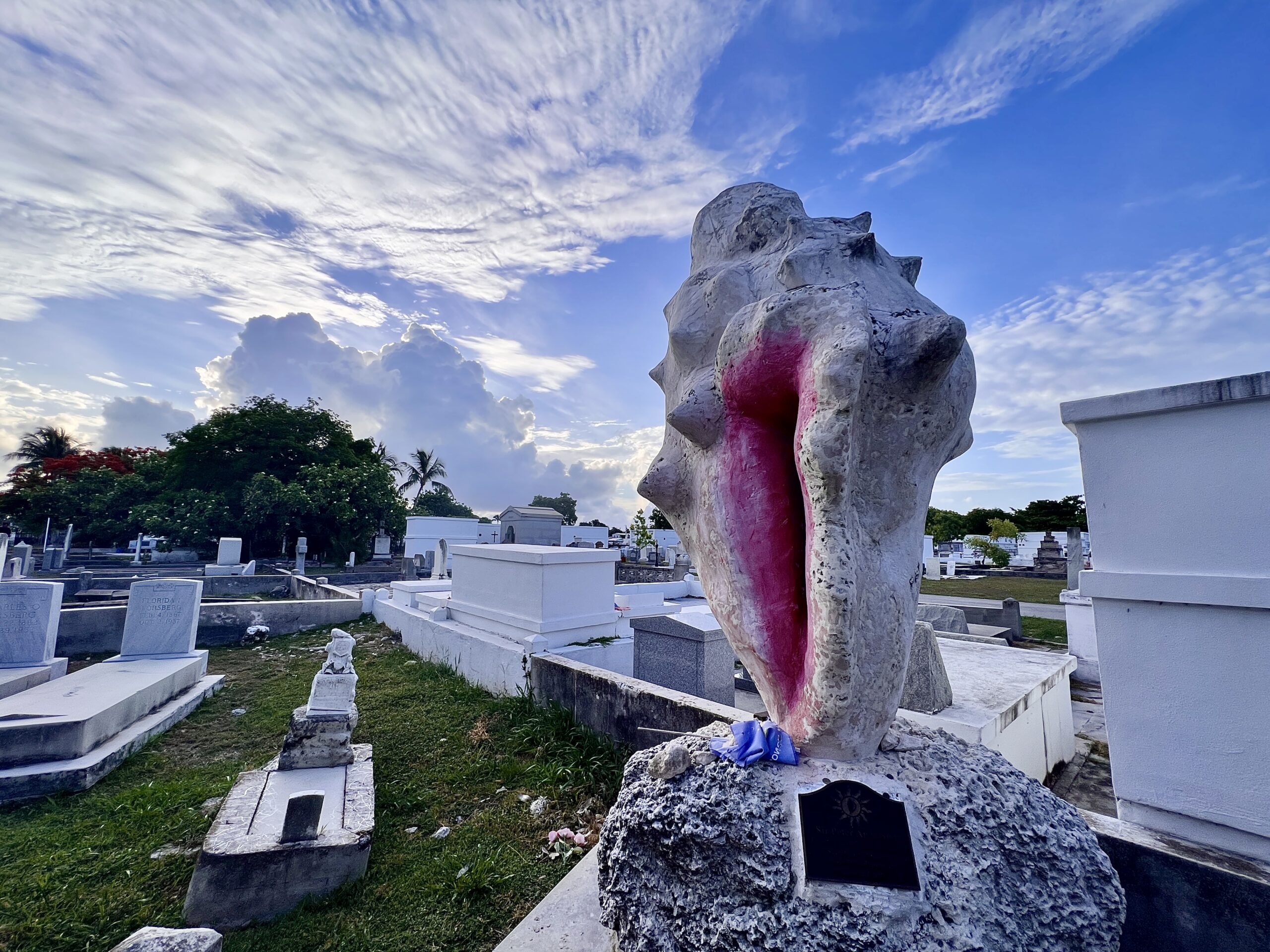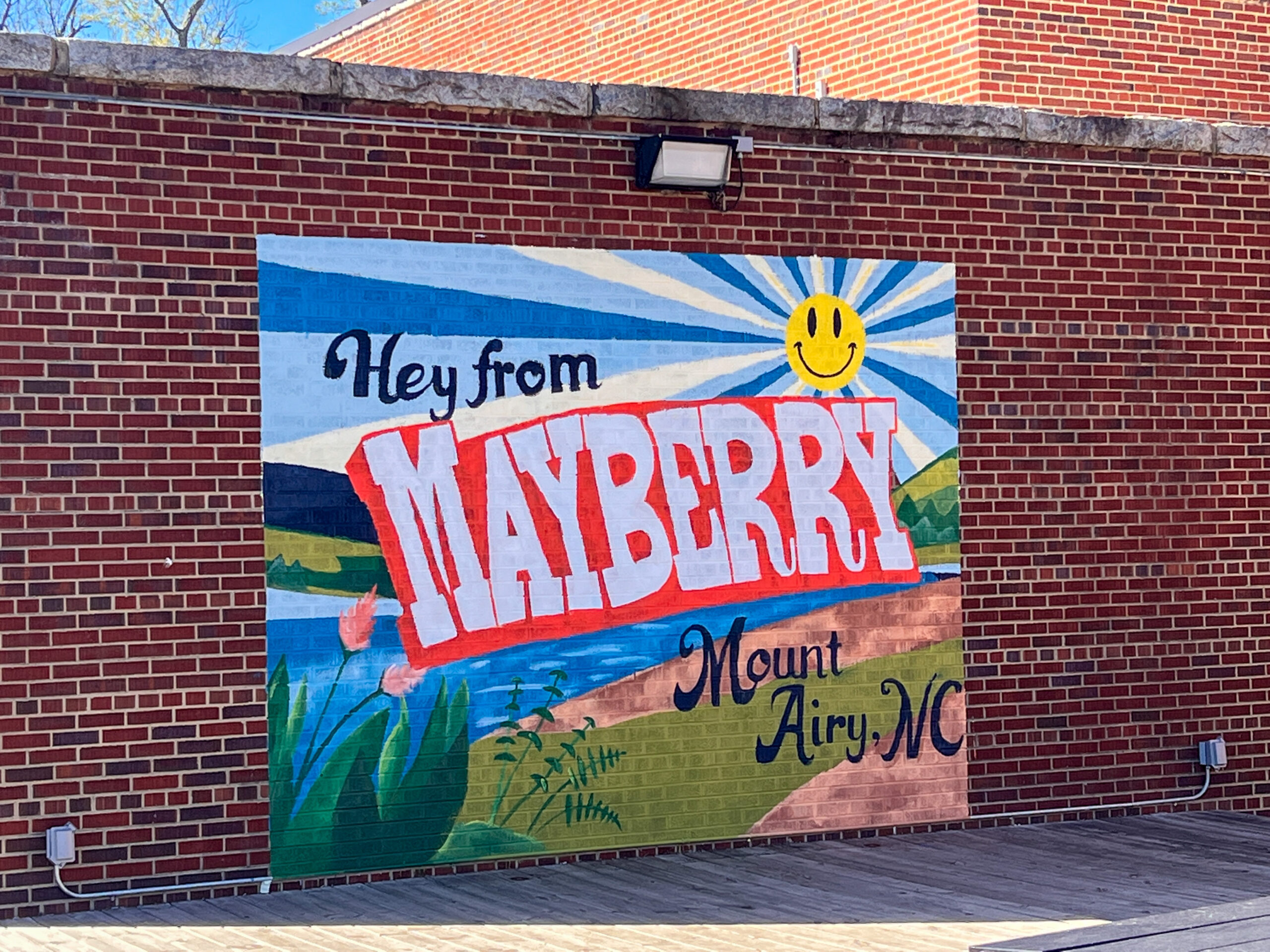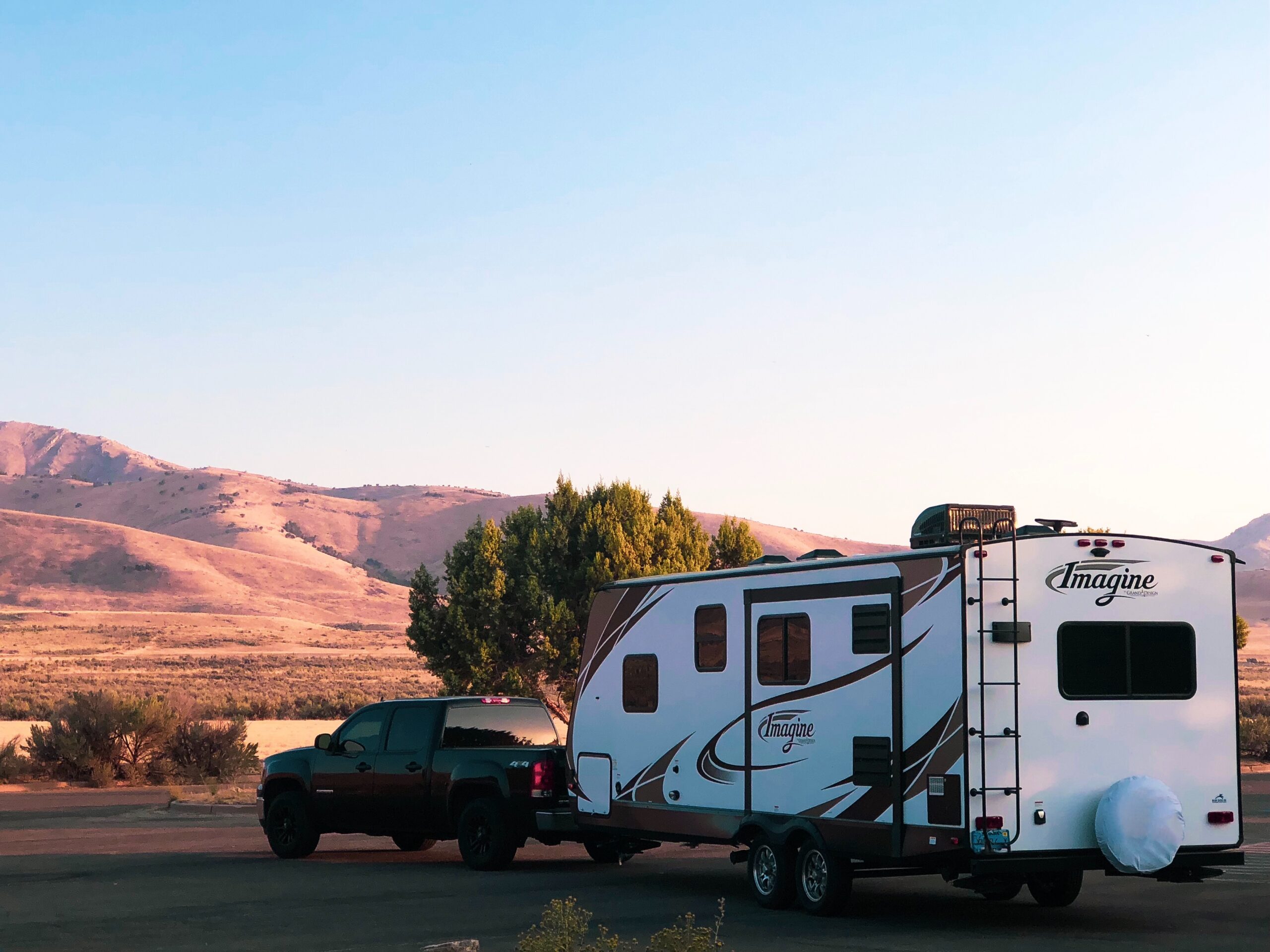It wasn’t unusual, especially as their means of travel improved, for Presidents to have a vacation home outside of the White House. These vacation homes were often called “Little” White Houses because the Commander-in-Chief still fulfilled his official duties even while on vacation. Truman had his in Key West. Kennedy in Hyannis Port, Massachusetts. Johnson and Reagan both had ranches. And Carter went back to his hometown in Plains, Georgia. Franklin Delano Roosevelt, our 32nd President (who was elected to an unprecedented four consecutive terms and brought about the 22nd Amendment limiting a President to two) had his in Warm Springs, Georgia.
Disclosure: Some links on our site are affiliate links. If you purchase a linked item, we will make a commission, at no extra charge to you.
While some were childhood homes or family-owned properties, some like Roosevelt built his later in life far removed from where he was raised. He first started coming to Warm Springs in 1924 hoping to find a cure for the polio he was stricken with three years prior. (Although a 2003 study shows he may have suffered not from polio but Guillain-Barré syndrome.) People had been coming to Warm Springs, at the time called Bullochville after the Bulloch family, since the late 18th Century to escape yellow fever. The warm, mineral spring water that flows at a constant 88 degrees was thought to offer relief from this and other ailments. So much so that a resort sprang up around it. The warm water was not the “miracle cure” Roosevelt sought but it did bring relief and improvement. In 1927, he bought the resort and the surrounding 1,700 acres and established the Georgia Warm Springs Foundation (Roosevelt Warm Springs Vocational Rehabilitation Campus). He knew firsthand the challenges of living with polio and wanted every survivor to receive the therapy and the training they needed to live as independently as possible.
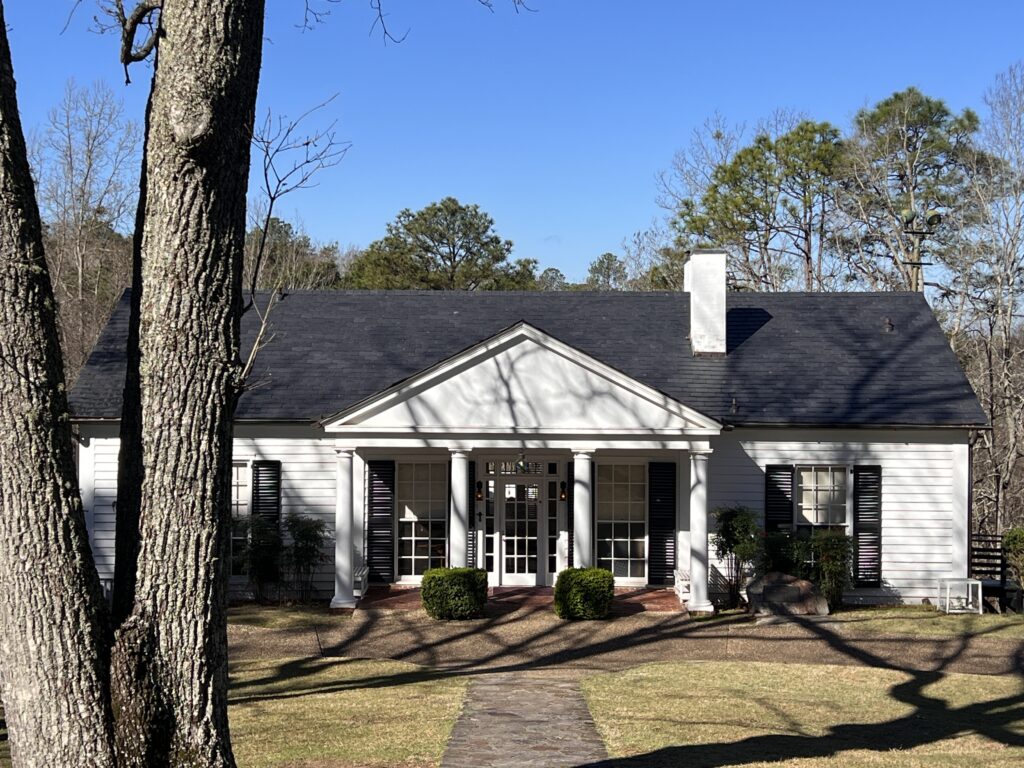
Franklin D Roosevelt’s Little White House
In 1932, after winning his first Presidential election, he ordered the construction of a 6-room home built of Georgia pine on the property. The architectural style is Colonial Revival focusing on building symmetry, hipped roofs that intersect one another, and simple wooden columns with a base and capital. Of the six rooms, three are bedrooms; one for him, one for his wife Eleanor, and the third for his personal secretary. Because Eleanor didn’t always travel with him to the home, her bedroom served as the guest room for his grandchildren when they visited. There was also an entrance hall, a living room, and kitchen.
Entering through the front door into the rather large entrance hall (especially for a 1,300 square-foot house), you are immersed in a rustic, rural home from the 1930s. The exposed-wood walls are golden in color and the hand-hewn wood rafters show the marks from the craftsmen. Although these were said to be added after-the-fact when Roosevelt felt the smoothness of them didn’t convey the rustic look he was after. Going to the left from the Entrance Hall leads into the Roosevelts’ bedrooms with a bathroom in between. To the right you head through a Butler’s Pantry and into the Kitchen. The kitchen had conveniences unlike nearly every other house in this part of the country. Electricity!
Moving ahead from the entry is the main living area of the home. The Living/Dining Room. Here he could relax by the stone fireplace or entertain his guests. More exposed wood for the walls and numerous bookshelves flank the fireplace. The home’s main decor is sailing-related. From paintings to replica wooden ships. On the right is his chair and table where he would conduct his business as the President. His disability limited his use of a desk and this table and chair arrangement offered him the ability to relax and rest his legs. Nearly the entire west-facing wall of this room is windows and French doors which open to the back patio. From here the President had an unobstructed view of the woods and Pine Mountain. On the right is a small hallway that leads to Roosevelt’s personal secretaries quarters and the homes second bathroom. On the left is the second entrance to his and Eleanor’s bedrooms.
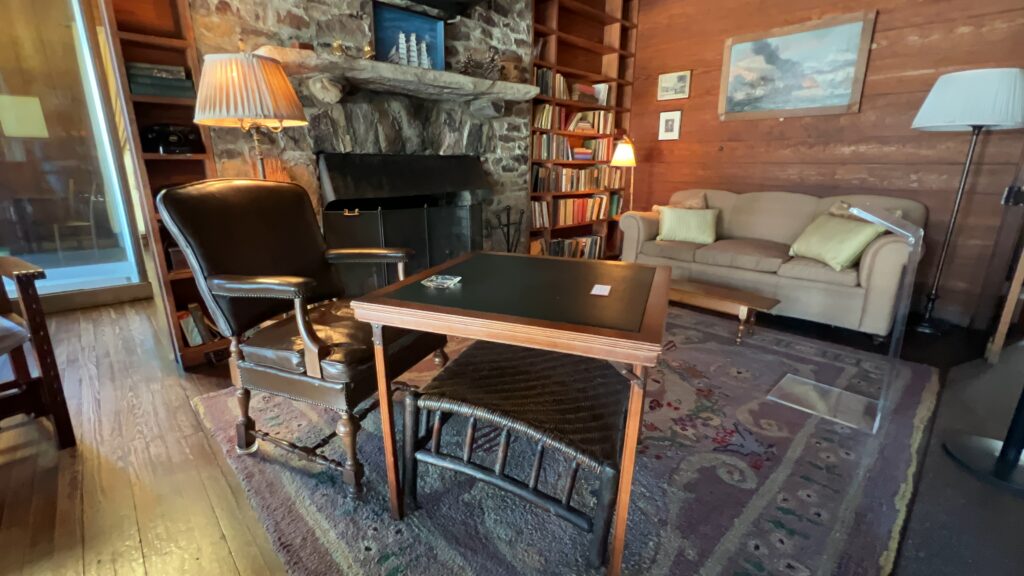
Other Structures on the FDR Property
There are three other notable structures built on the property during Roosevelt’s time here. The garage and servant’s quarters were for the household staff on duty 24 hours a day while the President was here. This two-bedroom, one-bath living area above the garage housed Ms. Daisy Bonnet, the maid and cook, and Irving McDuffie, the President’s valet, and his wife Lizzie. Ms. Daisy lived in town and only stayed here when the President was in town. The rest of the time she was employed by others but agreements with them allowed her duties to Roosevelt to take precedent. Irving’s wife, Lizzie, had been Roosevelt’s maid for years, starting in Hyde Park, NY, and then Albany when Roosevelt served as the Governor of New York. It should be noted that while these quarters had a toilet and sink, there were no bathing facilities. The staff’s bathing facilities were located in the basement of the main house. These were removed in the late 1940s when the basement became a museum.
Across from this is the Guest House. Completed in 1933, many prominent government officials including cabinet members and visiting dignitaries stayed here. Although it is known these various important visitors stayed here, there is no known records of who exactly they were. The house has an entryway, living room, and a bedroom with twin beds, and a bathroom. It was heated by a fireplace in the winter and cooled by fans in the summer. The President’s love of the sea and sailing is shown here, as well, through the decor and paintings. Between the two structures is a brick patio with a walk down to the main house’s front door.
The third notable structure on the property is a cottage that served as the home of Georgia Wilkins, built-in 1934. The Wilkins family were the original owners of the property. When the museum exceeded the space of the main house basement, it was Georgia’s house that became the museum.
Aside from these three buildings from the time when Roosevelt frequented the property are several guard shacks and sentry posts for the Marines and Secret Service that protected the President. Small and discreet, several can be seen surrounding the house and setting out in the woods.
FDR Memorial Museum
The first building you come to when visiting the Historic Site is the FDR Memorial Museum. This 11,000 square foot museum has many artifacts and exhibits from Roosevelt’s life and presidency. Including two cars fitted with hand controls developed by Roosevelt, himself. As he lost the use of his legs, he developed hand controls to adapt his cars to his disability. Another adaptation was the vehicle bump gate which allowed the gate to be opened by bumping it with an automobiles bumper instead of exiting the car. Roosevelt’s stagecoach also resides in the museum. When he first purchased the resort that would become the Georgia Warm Springs Foundation and later the Roosevelt Warm Springs Vocational Rehabilitation Campus, this stagecoach was part of the deal. After being elected Governor of New York, staff and patients rode it in a triumphal parade. Some even dressed as George and Martha Washington.
There are exhibits chronicling some of his achievements. A major one being the Rural Electrification Act which enabled the government to make low-cost loans to farmers to bring electricity to rural America. A replica of a 1930s kitchen has a radio playing recordings of his Fireside Chats. These evening radio broadcasts were used to address the fears and concerns of the American people and to inform them of the positions and actions taken by the U.S. government. Other speakers play his speeches to Congress and others about events during his time as President. Such as when he addressed Congress following the attack on Pearl Harbor.
Legacy Exhibit
The last area you pass through before leaving the Historic Site is the Legacy Exhibit. This exhibit contains photographs and other artifacts from the president’s passing including the unfinished portrait.
His last visit to Warm Springs would come near the end of World War II, in March of 1945. Feeling he couldn’t get enough rest at his Hyde Park, New York, home, he left for his Little White House. According to some at Warm Springs, Roosevelt looked “ghastly” and his usual cordial waves to the residents were weak. He even avoided swimming in the pool where he found so much relief during previous visits. Recently returned from the Yalta Conference where he met with British Prime Minister Winston Churchill and General Secretary Joseph Stalin to discuss the post war reorganization of Europe, he planned on working on his speech to open the United Nations Conference. He entertained neighbors and two important guests; Philippine President Sergio Osmena where he gave assurances regarding future independence, and Secretary of the Treasury Henry Morgenthau.
On Thursday, April 12, his plans included an afternoon barbeque given by his Warm Springs friends and a minstrel show at the hospital. He woke that morning at 9:20 and had a light breakfast. He complained of a mild headache and stiff neck. A massage seemed to ease the pain in his neck. Even in the warm, humid climate, the President seemed chilled and asked for a naval cape to draped over his shoulders. As he sat seated in his favorite chair by the fireplace casually reading newspapers and composing letters, artist Madame Elizabeth Shoumatoff worked on a portrait she had been commissioned to do. She started around noon and at 1:00, the President remarked “We have about 15 minutes more to work.” With that, his head slumped forward and he was unable to raise it. When questioned what was wrong, he raised his left hand to the rear of his head and whispered, “I have a terrific pain in the back of my head.” With those words, the President lost consciousness and was carried into his bedroom and laid on his bed.
Though his doctors worked on him, President Franklin Delano Roosevelt, our 32nd and longest serving President, passed away at 3:35 that afternoon. The house and buildings standing during his time remain in the same state as the day he died.
While we may disagree with his policies and accomplishments, he led the United States through two of the greatest crises of the 20th Century. The Great Depression and World War II. He greatly expanded the powers of the Federal Government with his New Deal. He created the CCC to relieve unemployment during the depression and to conserve and protect the natural resources of the United States. And the creation of Social Security among many other programs either started or expanded during his Presidency.
See our tour of FDR’s Little House and don’t forget to subscribe on YouTube.
Planning Your Visit

Roosevelt’s Little White House Historic Site is located at 401 Little White House Rd. in Warm Springs, GA. The site is open daily from 9:00am to 4:45pm except for Thanksgiving, Christmas Day and New Year’s Day. There is a small entrance fee plus tax:
- Adults (18–61): $13.00
- Seniors (62+): $9.75
- Youth (6–17): $7.50
- Children (under 6): Free
The Museum, grounds, house, and pools museum are self-guided during opening hours. And Ranger-led tours are available on Saturday and Sunday at 10:00am for $20.00. Call 706-655-5870 for reservations. You should wear comfortable shoes as it is a walking tour between the museum and the house and other structures.
Other Presidential Sites You Might Enjoy
- Truman’s Little White House
- FDR’s Railcar (also used by Truman and Reagan)
- Jefferson’s Monticello & Poplar Forest

